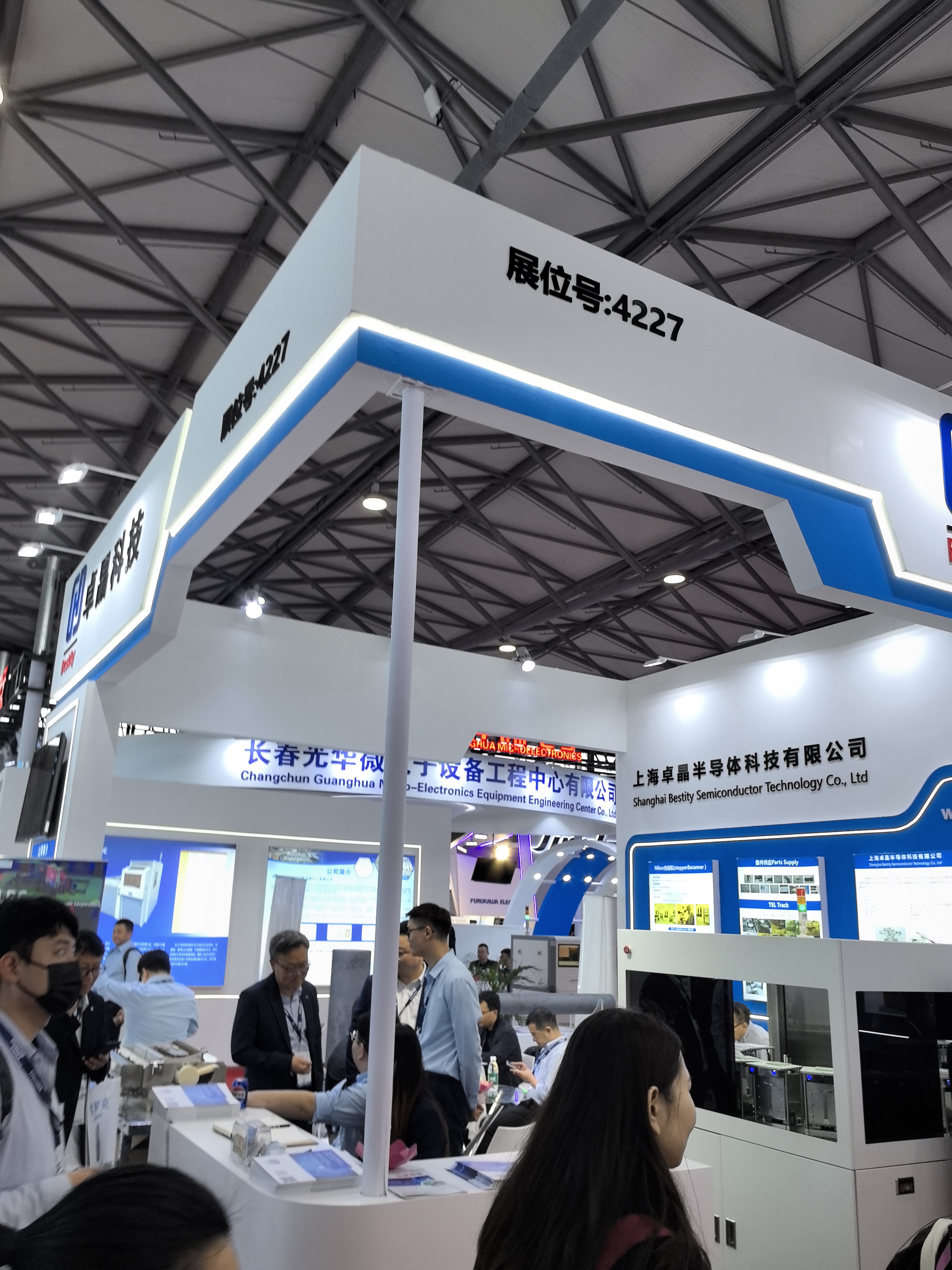SEMICON China 2025: Technological Innovation of Chemical Pumps Drives Semiconductor Industry Revolution
- New Trends of High Efficiency, Reliability and Intelligence
As the core event in the global semiconductor industry chain, SEMICON China 2025 has once again become a technology barometer. As the semiconductor manufacturing industry moves towards finer processes (such as chips below 2nm) and green manufacturing, the technological innovation and reliability of chemical pumps, as the "heart equipment" in the process flow, have become the focus of the exhibition.
I. High-Purity Materials and Corrosion Resistance: Meeting the Demands of Extreme Processes
Semiconductor production involves strong acids (such as hydrofluoric acid), strong alkalis (such as potassium hydroxide), and high-purity chemical reagents, posing extremely demanding requirements for the corrosion resistance and purity of pump materials. At this exhibition, multiple companies introduced magnetic drive chemical pumps made of high-purity PTFE, ceramic coatings, or lined with zirconium alloys. These pumps feature leak-free performance, corrosion resistance, and easy maintenance. For example, a German manufacturer showcased a CVD process dedicated pump. Through nano-coating technology, the particle release amount was reduced to less than 0.1μm, meeting the semiconductor manufacturing industry's extremely strict standards for micro-contamination.
II. Energy Efficiency Optimization and Intelligence: The New Engine of Green Manufacturing
In response to the global trend of carbon neutrality, energy efficiency upgrade of chemical pumps has become a key focus. Permanent magnet brushless motor direct drive technology and AI adaptive flow control algorithm have become key terms. A Chinese company released an intelligent pump group management system that can monitor the vibration, temperature, and flow fluctuations of the pump body in real time. Through digital twin technology, it can predict faults and reduce energy consumption by 30%. In addition, variable frequency drive technology combined with dynamic speed adjustment according to process requirements has become crucial for production line cost reduction and efficiency improvement.
III. Modular Design and Domestic Substitution: The Rise of Local Manufacturers
In response to the rapid model change requirements of semiconductor production lines, modular quick-installation pump bodies have become a new trend. Domestic manufacturers such as China Micro Semiconductor Pump Industry exhibited detachable corrosion-resistant pump modules that support cleaning and medium switching within 24 hours, suitable for multiple scenarios such as IC front-end wet etching and photovoltaic PERC cleaning. At the same time, the exhibition set up a "Domestic High-End Pump Technology Zone" for the first time. The domestication rate of domestic pumps in the 14nm process has reached 65%, and in some areas, technological counter-surpassing has been achieved.
IV. Market Opportunities and Competitive Landscape
Data from SEMI shows that the market size of China's semiconductor equipment is expected to exceed $60 billion in 2025, with chemical pumps accounting for about 12%, and an average annual growth rate of 18%. With geopolitical factors driving supply chain localization, local manufacturers continue to make efforts in technology iteration and cost-effectiveness, while foreign brands focus on the iterative upgrading of ultra-pure process pumps.
In the semiconductor field, chemical pumps account for a considerable proportion. Anhui Shengshi Datang Group keenly seized this opportunity and actively participated in the exhibition to expand cooperation areas. Regarding our company's technological research in the semiconductor industry, the following processes are presented. In the front-end process, an ultra-high-purity PFA-lined fluorine magnetic pump is adapted for BOE etching solution transportation, with a temperature resistance range of -50°C to 180°C. In the middle-end process, a self-priming multi-stage centrifugal pump is matched with the exhaust condensate circulation of the EUV lithography machine. In the back-end process, a corrosion-resistant pneumatic diaphragm pump is used for adding electroplating solution to the ABF carrier board. At the same time, we have launched a "pump body lifecycle management" service, equipped with medium matching testing, and providing customized transformation plans to assist in the development of the semiconductor industry.
- SEMICON China 2025: Technological Innovation of Chemical Pumps Drives Semiconductor Industry Revolution
- - New Trends of High Efficiency, Reliability and Intelligence
- I. High-Purity Materials and Corrosion Resistance: Meeting the Demands of Extreme Processes
- II. Energy Efficiency Optimization and Intelligence: The New Engine of Green Manufacturing
- III. Modular Design and Domestic Substitution: The Rise of Local Manufacturers
- IV. Market Opportunities and Competitive Landscape



